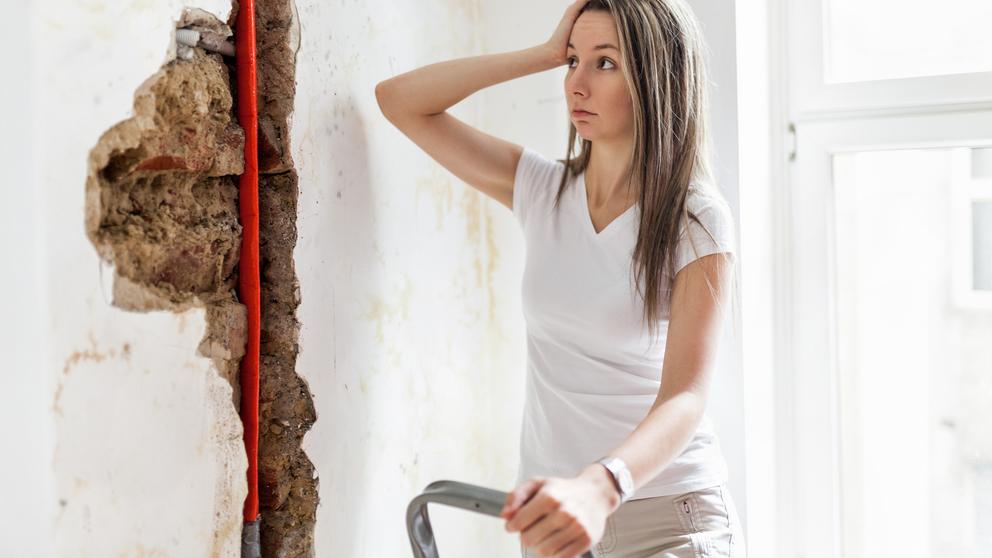
Water damage can be devastating, costly, and destructive to your home. The causes of water damage range from weather-related flooding to overflowing toilets.
Do you know what types of water damage your homeowners policy covers? For most destructive events, like fires, your coverage is fairly straightforward and easy to understand. But water damage is different, as some types of water damage are covered and others are not. The general rule is if it comes from the top down (like rain), it’s covered, but if it comes from the bottom up (like an overflowing sewer), it’s not.
But there’s much more to it than that.
Types of Water Damage
Since water damage can originate from many different sources, water that has overflowed or flooded a home is classified into three categories:
Category 1 — Clean Water
Uncontaminated water that poses no threat if people are exposed (for example, water from a sink overflowing).
Category 2 — Gray Water
Water that may contain contaminants with the potential to cause illness if people are exposed (for example, sump pumps or discharge from dishwashers).
Category 3 — Black Water
Contaminated water that will cause serious illness if people are exposed (for example, sewage spills, standing water, or floodwater).
What Your Homeowners Insurance Covers
Essentially, your insurance company will cover any sudden and accidental water damage. For example, if a pipe bursts, your washing machine hose breaks, or your water heater ruptures, damage to your floors and walls will be covered.
Depending on the type of water damage, two different coverages in your homeowners policy may apply:
Dwelling Coverage
Covers the cost to repair a structure in your home if it’s damaged by water. For instance, if your wall is damaged from a burst pipe, dwelling coverage will pay to repair the wall.
Personal Property Coverage
Covers damaged belongings. For example, if your bookcase is damaged by a burst pipe, your insurance will pay to repair or replace it.
Every insurance policy has coverage limits, which is the maximum amount you will be reimbursed for a claim. Review your policy to avoid surprises and understand your deductible, the amount you will have to pay out of pocket if you submit a claim.
What Your Homeowners Insurance Doesn’t Cover
There are a few situations when water damage is not covered. Examples include:
-
Water damage caused by an overflowing sewer
-
Water damage due to flooding
-
Water damage from a leaky pipe that hasn’t been maintained
You can purchase separate water backup coverage to help with damage from an overflowing sewer or drain. If you’re in a flood zone, consider purchasing a separate flood insurance policy, even if you’re outside a flood zone, due to flash rains and ground saturation.
Prevention Begins with Routine Maintenance
Keeping up with home maintenance can help you avoid some types of water damage. Inside your home, inspect dishwashers and washing machine hoses for cracks or leaks and replace them every five years. Check for leaky faucets and inspect caulking around showers and tubs. When you leave for vacation, turn off the main water shut-off valve.
Outside your home, inspect your roof and check downspouts. Remove any debris and ensure downspouts drain water away from your house.
Water damage can be tricky. Even if you think you’re covered, you may not be in every case. Review your homeowners policy and understand where your coverage ends. Your insurance broker can recommend the right policies and endorsements to help you navigate your options.


